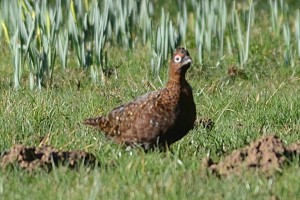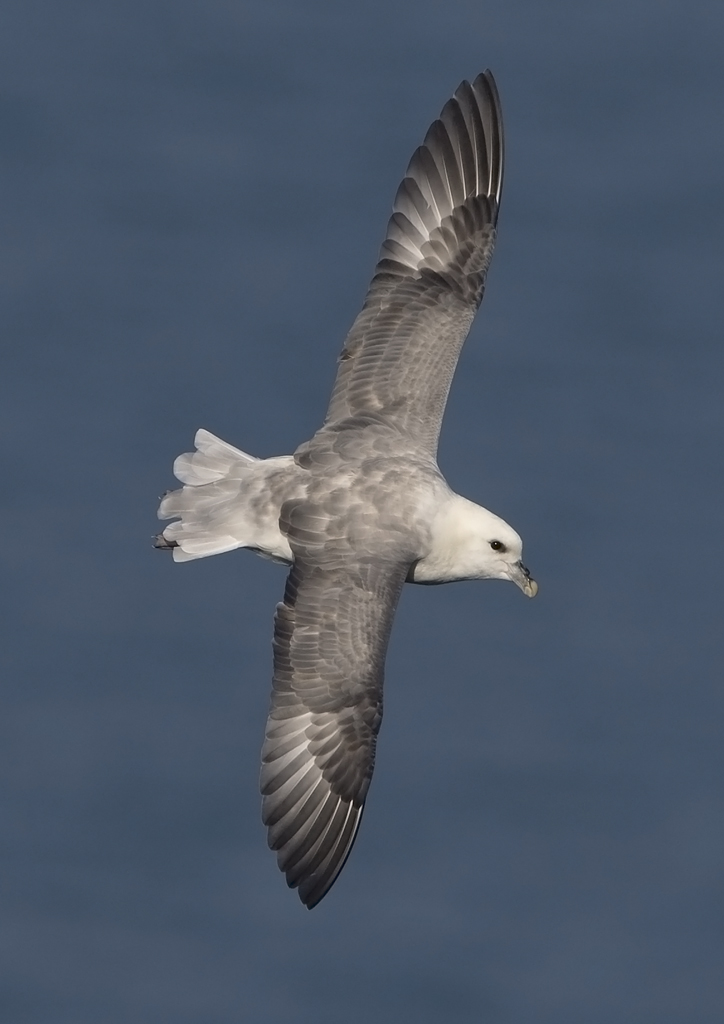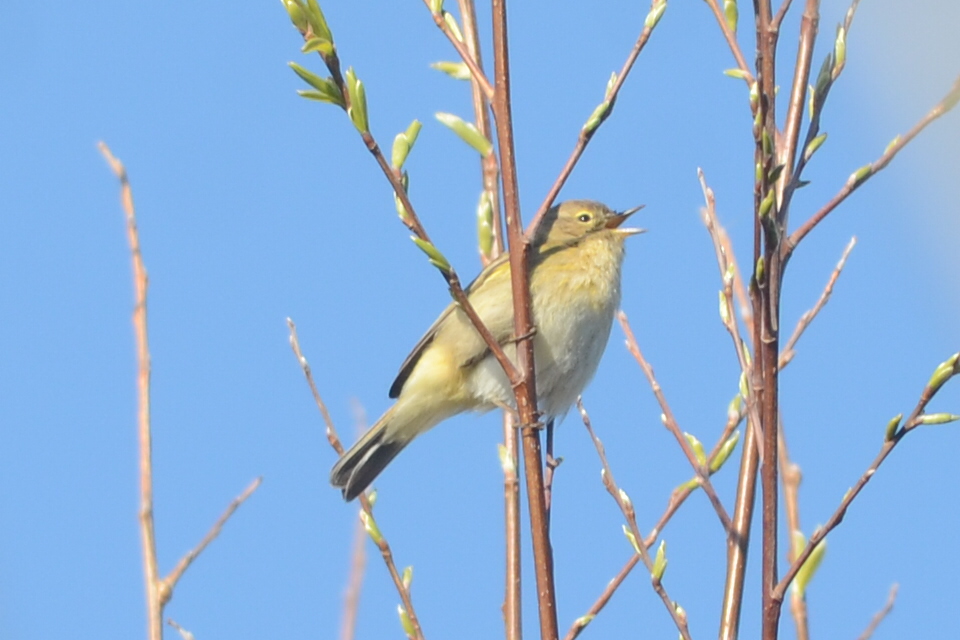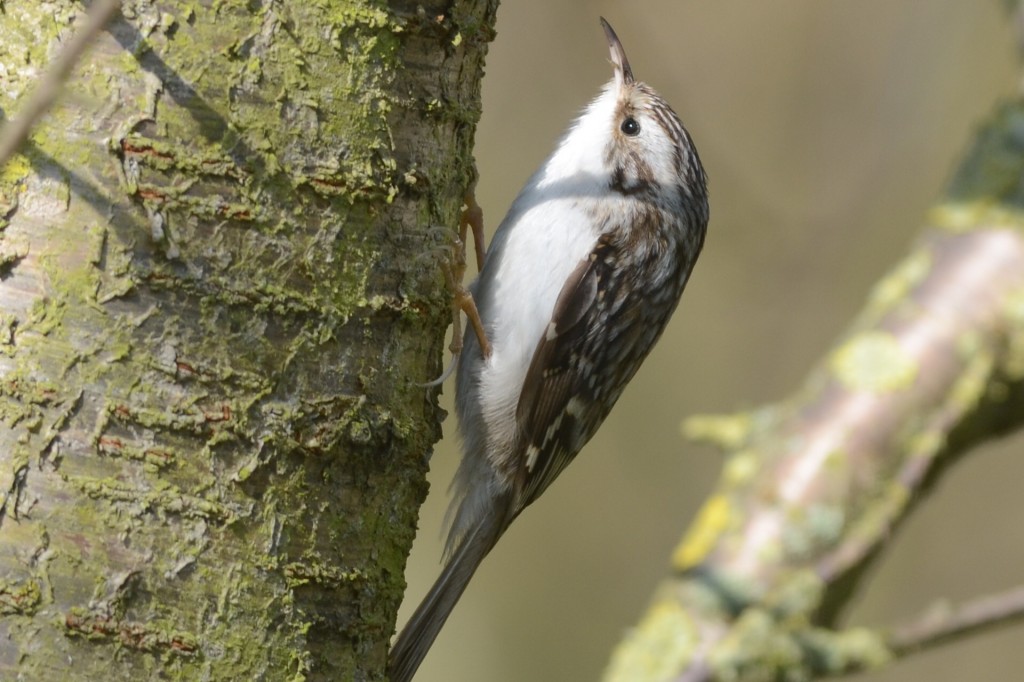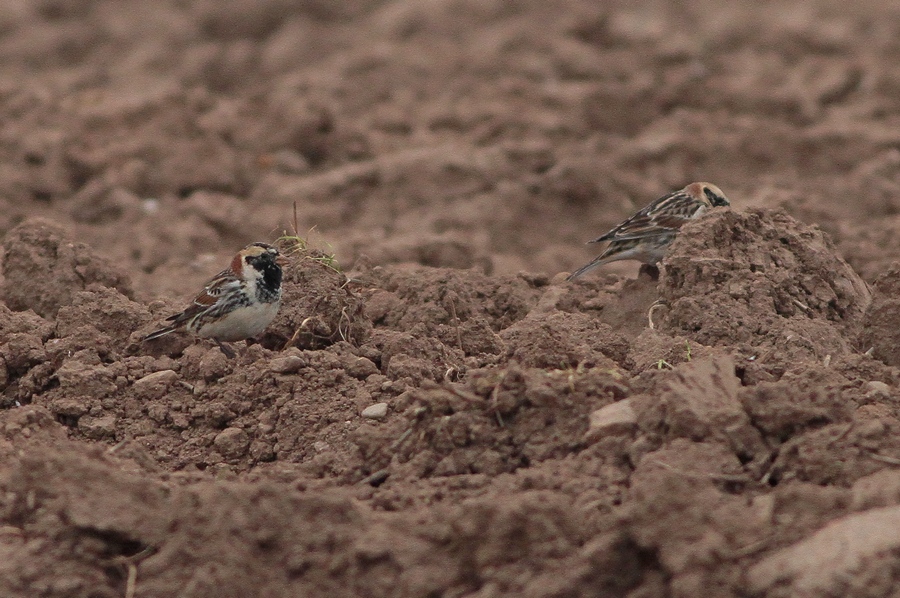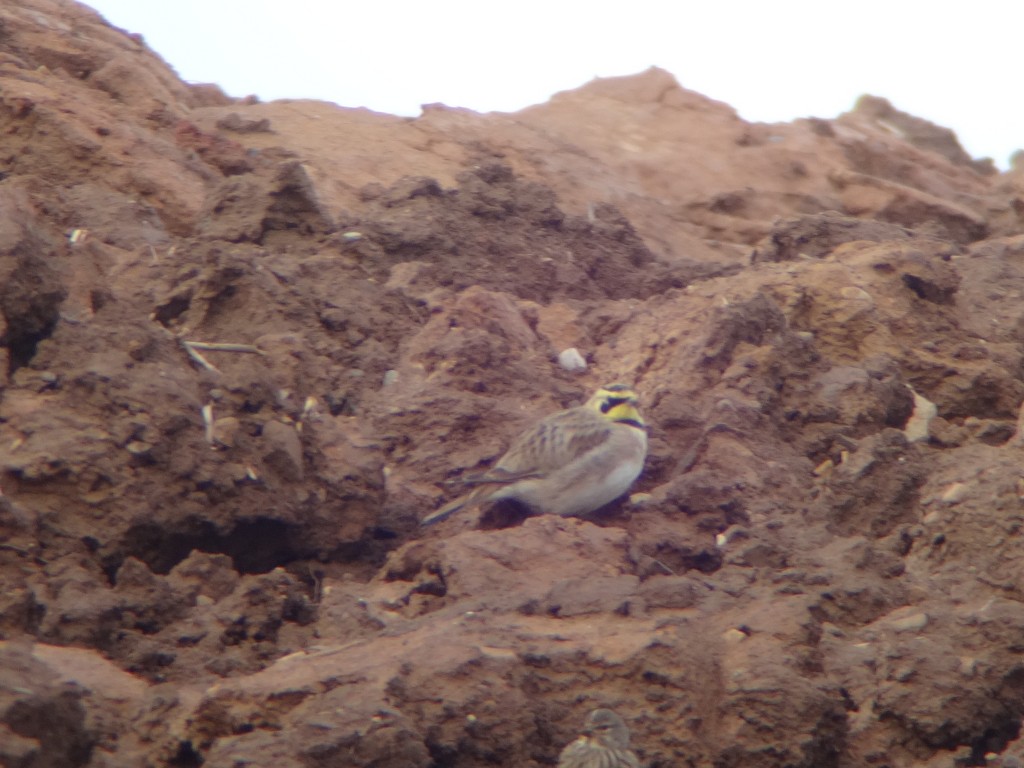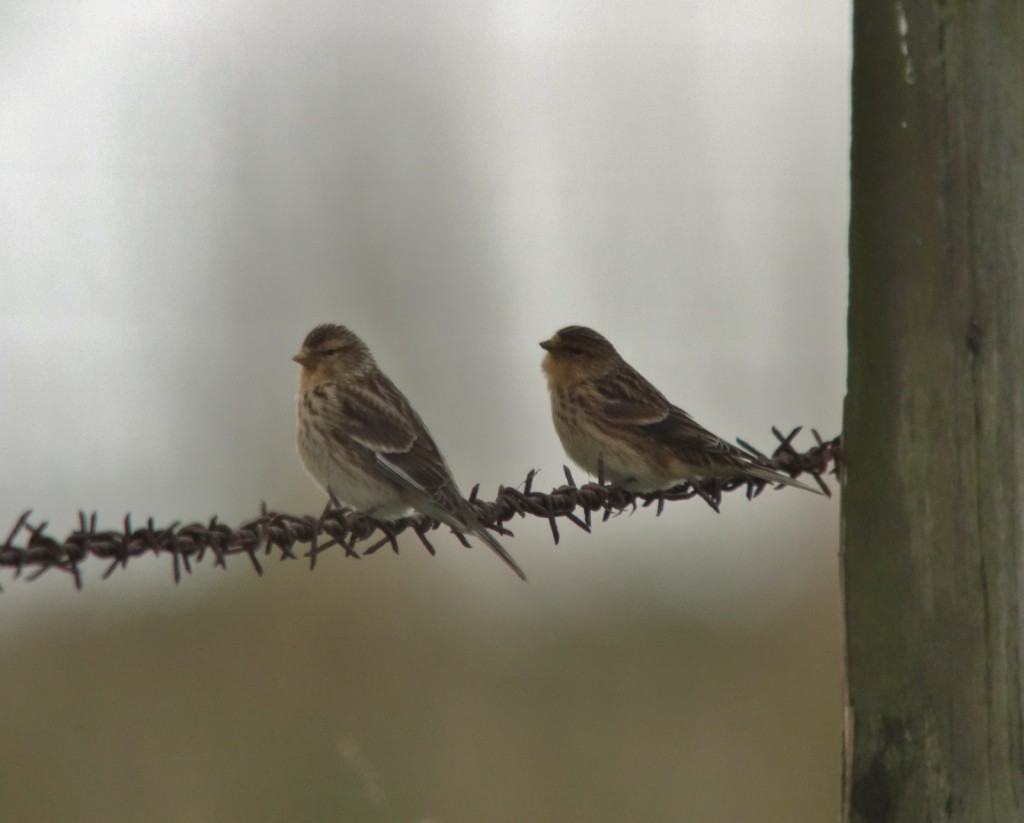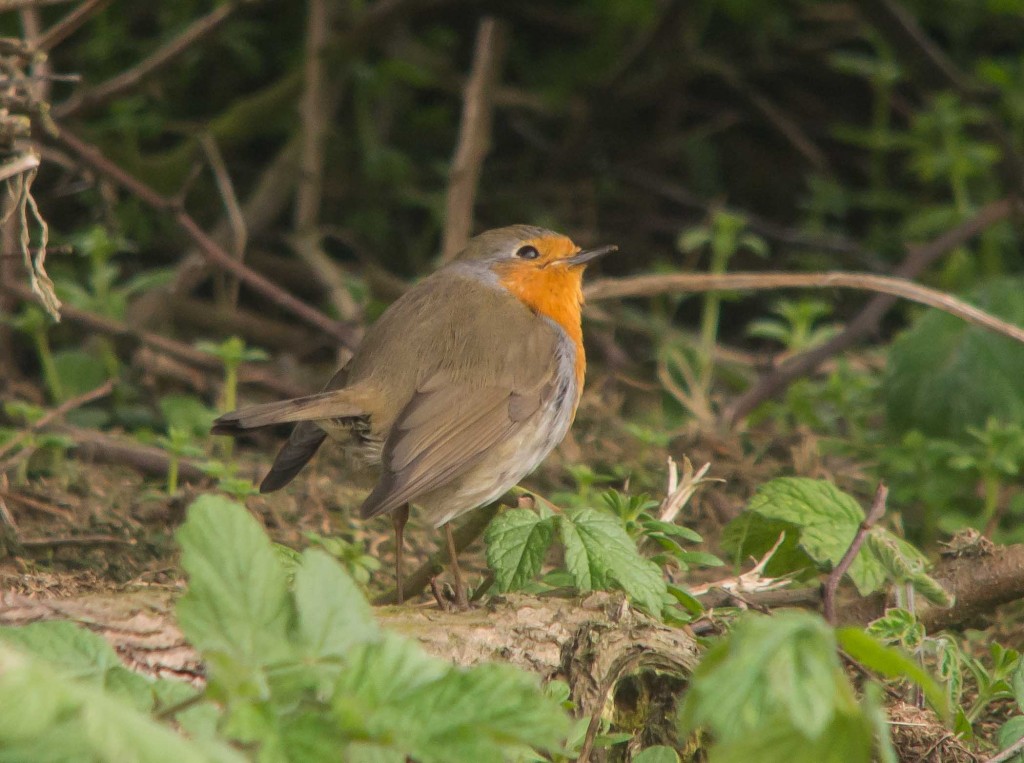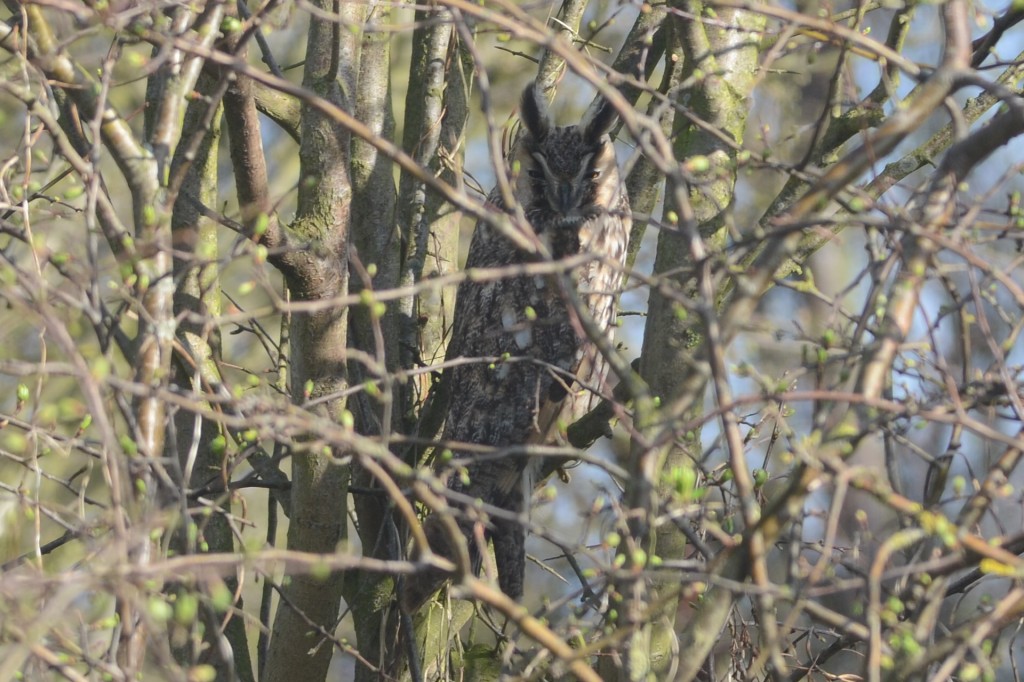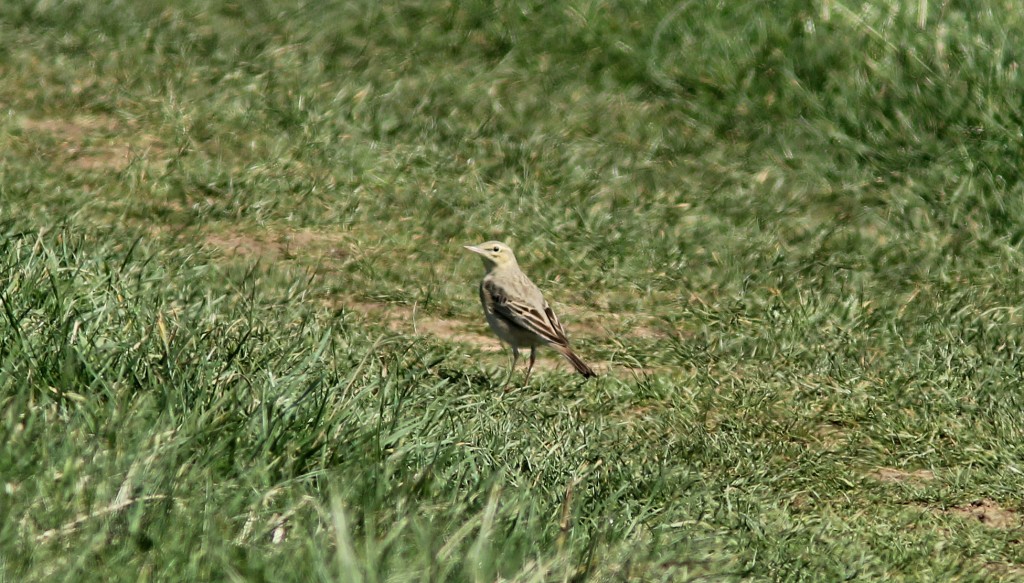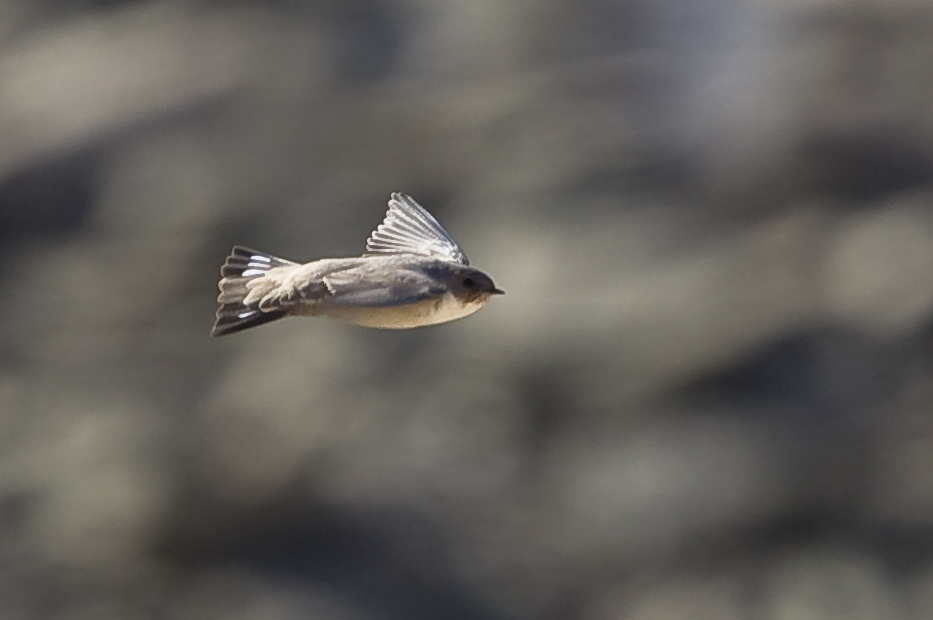As this is the first post on the sightings page we thought it appropriate to bring the year up to date with a review of the first two months of 2014 (kindly put together by our chairman Craig Thomas).
January 2014 sightings
North Marsh attracted three Whooper Swans on 13th January, with a Pink-footed Goose associating with the Greylag flock in the same area during the month, and a dark-bellied Brent appeared at North Landing on 29th. Long-tailed Ducks featured offshore on several occasions, with one individual appearing to be in residence. Velvet Scoters were relatively scarce, with two flying south on 11th January, singles moving south on 22nd and 23rd, and another flying north on 30th. A Goosander that flew south on 25th was notable.

Single Great Northern Divers flew past the Headland on 2nd, 6th, 12th, and 15th, with another sighting off North Landing on 26th; quite possibly all relating to one bird moving to and from Bridlington Bay. A single Black-throated Diver on 13th represented the only record of this scarce species.
A Sooty Shearwater that flew north on New Year’s Day was unseasonal, whereas a series of sightings of Blue Fulmars was more typical, including a daily maximum of nine flying south on 30th.
A Water Rail wintered on the edge of the Gorse Field, Peregrines featured regularly, with a Merlin noted on 2nd, 20th and 25th; the latter buzzing a pre-roost gathering of 23 Twite at Thornwick on 2nd. The main ravine in South Landing again proved to be favoured by Woodcock, with three in residence throughout. On the opposite side of the headland, a single Jack Snipe skulked within the Thornwick roost on 21st.
Bonxies appeared on several dates, with three noted on 19th, but more unusual, a second-calendar year Pomarine Skua flew south close inshore on 19th. The year’s first Puffin made an appearance on 12th. Little Gulls were in larger than normal numbers for the time of year, with a maximum of 14 flying south on 14th. With the decline of the local fishing industry, white-winged gulls are a genuine rarity, so the second-calendar year Glaucous Gull that flew south on 14th represented one of the month’s highlights. In addition, the third calendar-year Kumlien’s Gull that has wintered in the Barmston area over the last two years ventured further north than usual, and frequented the beach below Sewerby during the year’s first week.
Buckton attracted a Short-eared Owl on 19th, where a flock of 30 Corn Buntings was in residence. However, the month’s highlight pertained to a Northern Treecreeper located in Whelkie Wynds on 12th January, which showed well over subsequent days; presumably it had first arrived during the unprecedented autumn influx, which included birds at Spurn, Bempton and Buckton.

February sightings
Hardly likely to grab the national headlines, a Mute Swan on Thornwick Pool on 2nd was nevertheless a noteworthy local record. After a single Brent Goose alongside Lighthouse Road on 2nd, four were present two days later. A Long-tailed Duck flew south on 5th, whilst a single Velvet moving south on 8th preceded a party of six heading north on 18th. A Goosander that flew south on 22nd was followed by two Red-breasted Mergansers moving in the same direction on 28th; a sign of the times, they were the first record for the year.
Great Northern Divers featured on 25th and 28th, whilst the month’s only Black-throat headed north on 18th. The year’s first Red-necked Grebe headed north on 19th February. Single Blue Fulmars appeared sporadically during the month, but a Balearic Shearwater that flew south on 3rd was much more unusual.
A second-calendar year Marsh Harrier flew south on 4th; exceptionally rare along this stretch of coastline in winter, and a testament to increasing numbers wintering within the county, especially along the Humber. Three Red Kites that flew west over Hartendale and Sewerby on 19th would also have been unheard of a few years ago, with a single subsequently heading south over Buckton on 22nd. Golden Plovers rarely appear in numbers on the headland, so 289 moving south at sea on 3rd February were noteworthy.
There were odd records of Bonxies throughout the month. The year’s first Lesser Black-backed Gull flew south on 2nd, a second-year Glaucous Gull moved south on 16th, whilst an adult Yellow-legged Gull went north on 19th, and a second calendar-year Iceland Gull flew south on 22nd. The month closed with an adult Mediterranean Gull going south on 28th.
Short-eared Owls favoured the cliff top grasslands between Speeton and Bempton; two were present on any one day, although given the spread of records, it is likely that at least three were in residence. This same expansive landscape also attracted 12 Twite and 20 Corn Buntings during the month.
A Small Tortoiseshell at North Landing on 16th February hinted that spring was just around the corner, but perhaps the month’s main event originated from more northern climes – the Northern Lights entertaining on the evening of 27th.








